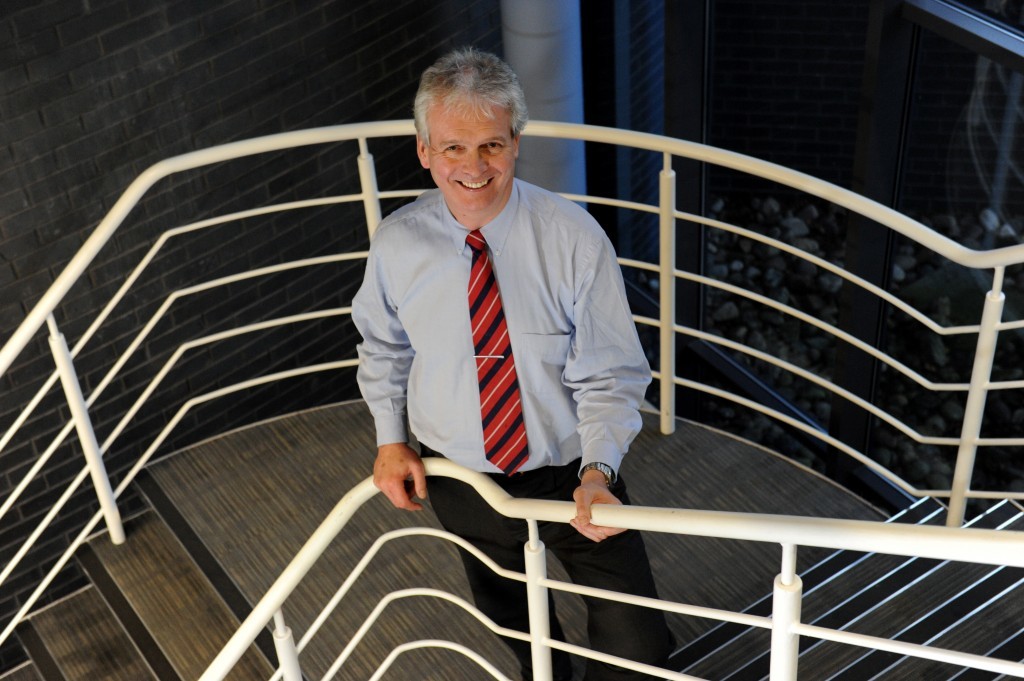
The past three years have seen the oil and gas industry navigate its way through challenging economic conditions. These conditions have both created and highlighted the operational challenges in a sector that faces perpetual technical challenges.
In the face of uncertain long-term forecasts, the sector has been forced to explore radical strategies in a bid to boost efficiencies, reduce costs and ensure long-term growth. This has seen a huge upsurge in the development and adoption of technological advancements.
We recently saw the introduction of the UK’s first autonomous work-boat, C-Worker 7, a fully unmanned ship that will be used for subsea positioning, surveying and environmental monitoring. Enhanced monitoring and measurement technologies are opening up new possibilities as the data analysis tools become far more sophisticated, opening up the way for more complex unmanned platforms.
Increased communications bandwidth enables people and sensors to communicate from platforms to shore in even the world’s most challenging and remote environments. Artificial intelligence and data analytics software are transforming the way we use data – identifying trends that give early warning of failure, or enable the optimisation of oil and gas processing.
This growth in the sensor population, and the ability to use the resulting data, is at the heart of the digital transformation that is enabling smarter, faster and more productive operations.
The UK led the digital revolution in the 1980s and 1990s with the introduction of Lidar, satellite and 3D visualisation. However, as the industry enters ever more remote areas and seeks to extract more from existing reservoirs and wells, whilst meeting demands to reduce costs and mitigate climate and environmental risks, a new generation of digital advances are needed.
Despite all the well documented advantages, the digital movement has yet to be fully embraced by the industry mainstream – only 20% of companies in our industry can claim to be truly digital.
It’s not just about implementing new technology, it’s about making use of existing tools, learning from other sectors, being receptive to change and keeping up with the remarkable pace of transformation that’s happening all around us.
Big data, advanced analytics, and the Internet of Things are terms that we are hearing more and more of across the sector.
We are beginning to see a growing use of robotics to monitor and automate equipment that may be dangerous or difficult to operate, which in turn will reduce labour requirements. Data collection and analysis methods will continue to enhance how we make sense of the huge volumes of critical data now available.
It’s very evident that the whole world is going digital, and while the advantages and disadvantages are always subject to debate, to thrive, companies must embrace change.
Technological developments have opened up opportunities in areas that were once out of reach, making the impossible, possible. In order to keep pushing the boundaries, we must continue to innovate so a more flexible and robust sector can emerge. The industry’s future depends on the decisions that are made today.
At OGIC, we are committed to bring the top quality research and development expertise from the Scottish University system to the oil and gas industry’s innovation challenges, enabling the rapid acceleration of new technology. We are currently supporting over 50 projects and have more than 60 in development, from underwater robotics and sensors to systems for enhanced oil recovery.
Our industry needs to make better use of the newly available data collection and analytic techniques as maintaining a competitive advantage is critical.
Ian Phillips is chief executive of the Oil and Gas Innovation Centre
Recommended for you
